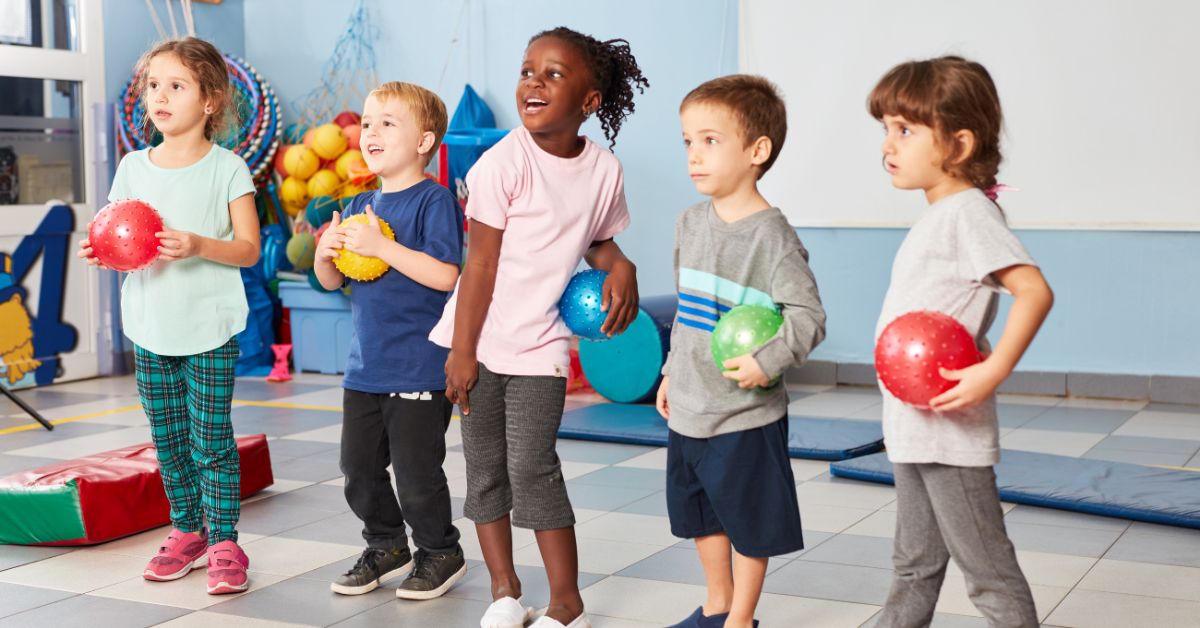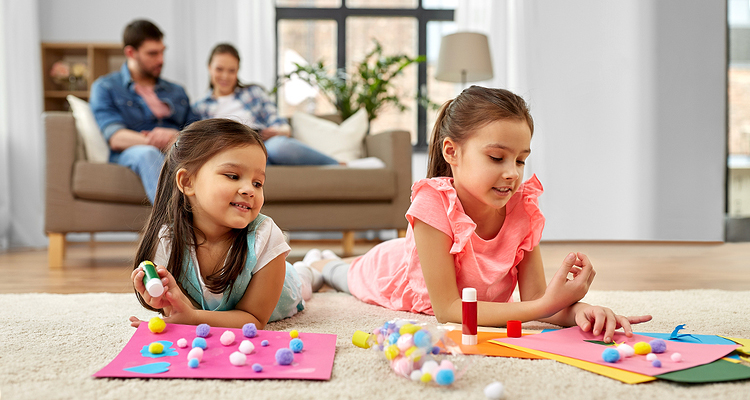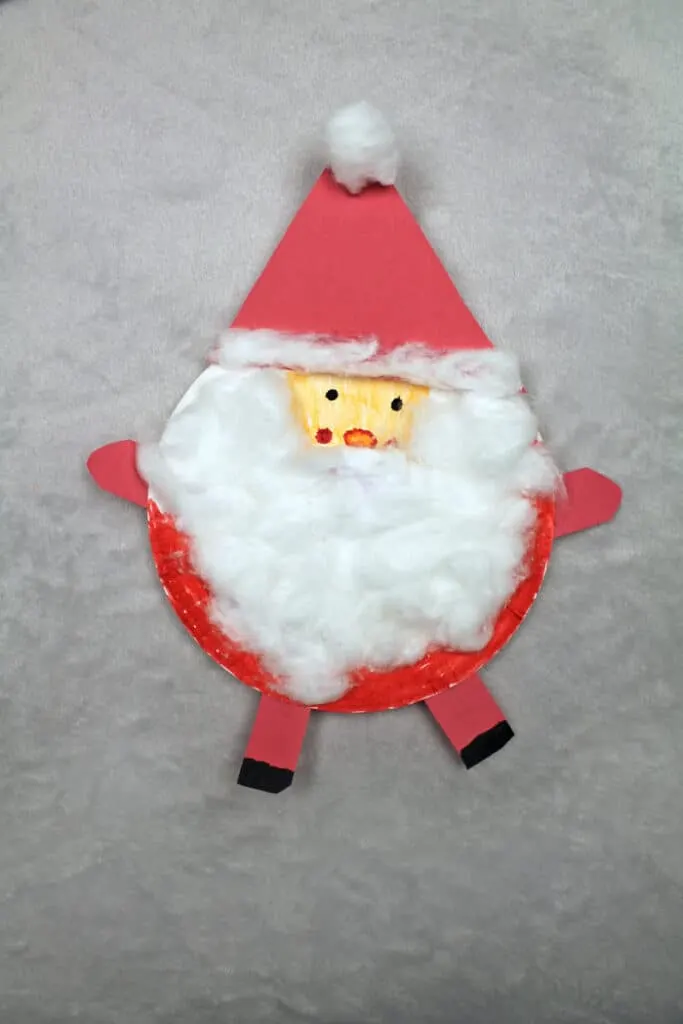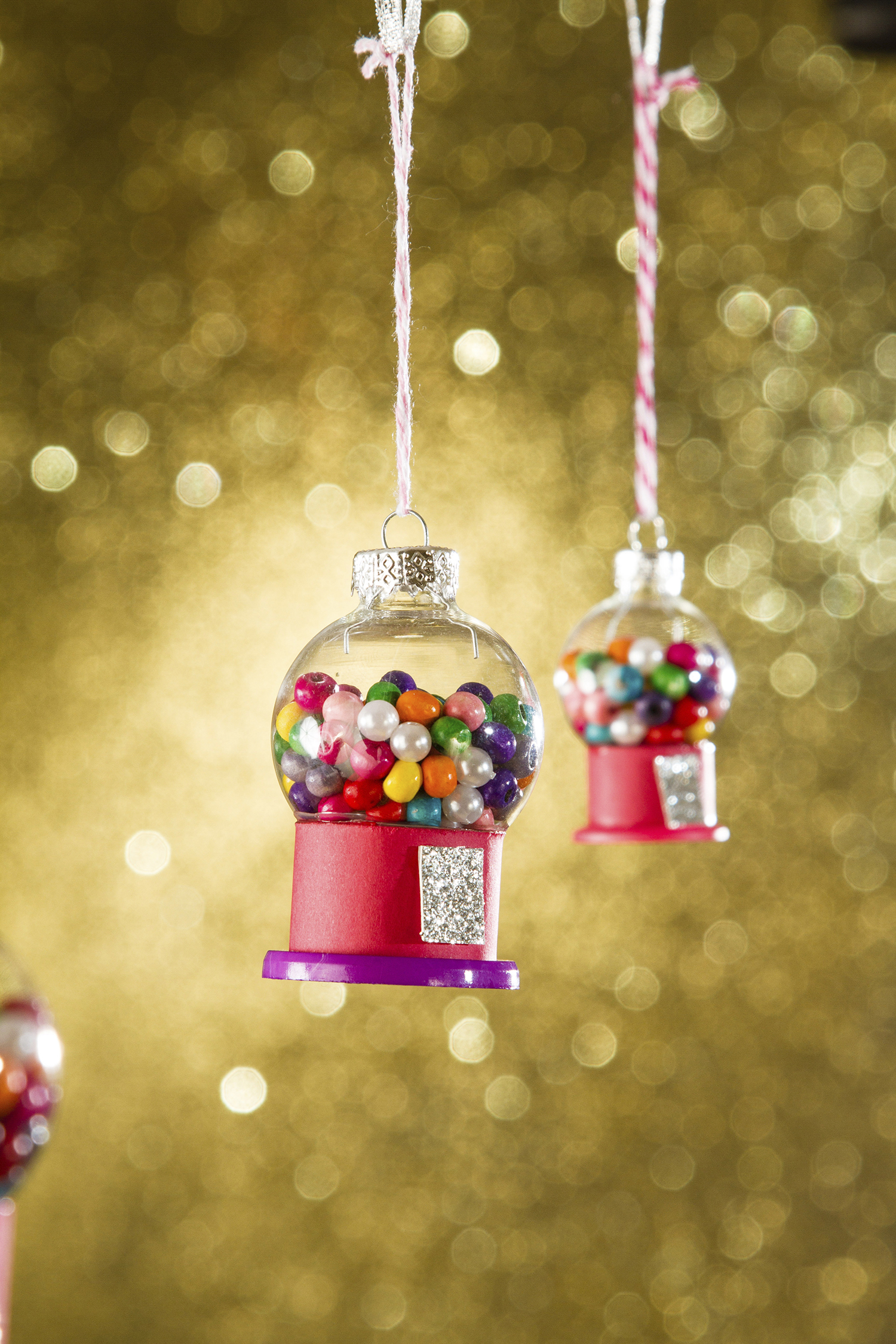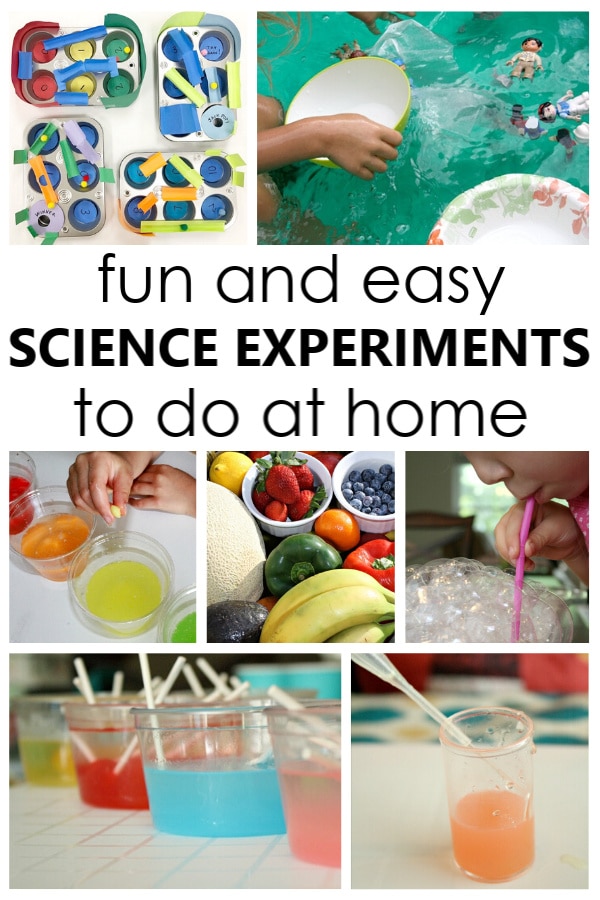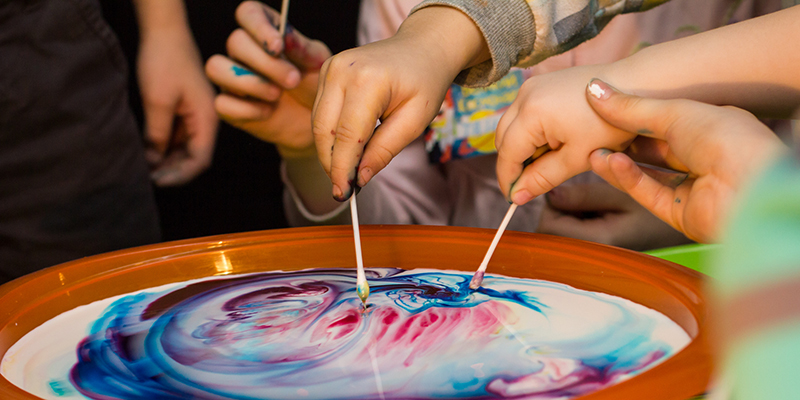Outdoor games are essential for kids. They promote physical activity and social skills.
Finding the perfect game for every age group can be a challenge. Kids today are often glued to screens, but the right outdoor game can draw them outside. Fresh air, sunshine, and playtime are crucial for their development. Outdoor games can be simple and still be incredibly fun.
Whether you have toddlers or teenagers, there are games suitable for everyone. From imaginative play to competitive sports, there’s something for every child. It’s about fun, laughter, and making memories. Outdoor games can bring families and friends together. Ready to explore some creative ideas? Let’s dive into a world of outdoor fun for kids of all ages.

Credit: www.amazon.com
Classic Outdoor Games
When it comes to creating lasting memories and encouraging physical activity among kids, nothing beats the charm of classic outdoor games. These timeless activities not only offer endless fun but also help in developing important skills like coordination, teamwork, and strategic thinking. Let’s dive into a couple of these beloved games that have stood the test of time: Tag Variations and Hopscotch Fun.
Tag Variations
Tag is a game that has been enjoyed by generations. It’s simple yet incredibly versatile. There are countless variations to keep the excitement fresh:
- Freeze Tag: In this version, when a player is tagged, they must freeze in place. They can only be unfrozen if another player touches them. This adds an element of strategy as players work together to unfreeze their friends.
- Shadow Tag: Perfect for sunny days, in this game, players tag each other’s shadows instead of their bodies. It’s a great way to make use of the weather and adds a unique twist to the traditional game.
- Blob Tag: When someone is tagged, they join hands with the tagger, forming a “blob.” The blob grows bigger with each new player tagged, creating a fun and challenging dynamic as the blob moves together.
Have you ever tried playing tag with a twist? Next time, challenge your kids with one of these variations and watch them strategize and collaborate in ways they hadn’t before.
Hopscotch Fun
Hopscotch is another classic game that requires minimal setup but offers maximum fun. All you need is a piece of chalk and a flat surface to draw the hopscotch grid.
- Traditional Hopscotch: Draw a grid with numbered squares. Players throw a small object, such as a stone, onto the grid and hop through the squares to retrieve it, skipping the square where the object landed. It’s an excellent way to enhance balance and coordination.
- Alphabet Hopscotch: Instead of numbers, use letters. Kids can hop through the alphabet while calling out each letter. This variation is not only fun but educational, helping younger children learn their ABCs.
- Math Hopscotch: Incorporate simple math problems into the grid. For example, players can solve an equation before hopping to the answer. It turns a fun game into a learning activity, reinforcing math skills in a playful manner.
Hopscotch is more than just a game; it’s a tool for learning and development. Have you considered using it to teach your kids something new? Whether it’s numbers, letters, or math, hopscotch can be adapted to suit various educational purposes.
Classic outdoor games are not just about physical activity; they foster creativity, learning, and social skills. Next time you step outside, why not introduce your kids to these timeless games? It could be the start of new traditions and unforgettable moments.

Credit: www.amazon.com
Nature-inspired Activities
Spending time outdoors is a fantastic way for kids to learn, explore, and have fun. Nature-inspired activities are perfect for engaging children of all ages, fostering their creativity, and encouraging them to appreciate the world around them. These activities provide a great opportunity to bond with your kids while enjoying the fresh air and beautiful scenery. Below are some exciting nature-inspired activities that your children will love.
Scavenger Hunts
Scavenger hunts are a wonderful way to turn a simple walk in the park into an adventure. Create a list of items for your kids to find, such as specific leaves, rocks, or flowers. You can tailor the list according to the season or location, making each hunt unique.
- Spring: Look for blooming flowers, insects, and bird nests.
- Summer: Search for butterflies, unique rocks, and different types of trees.
- Fall: Find colorful leaves, acorns, and squirrels.
- Winter: Spot evergreen trees, animal tracks, and pinecones.
My kids love the thrill of finding each item on the list. It keeps them engaged and active, and they learn to observe the details in nature. What items would you include in your scavenger hunt?
Garden Explorations
Gardens offer endless opportunities for discovery. Whether you have a garden at home or visit a public one, your kids can learn about different plants, insects, and ecosystems.
- Identify various plants: Teach your children the names and characteristics of different plants.
- Observe insects: Encourage them to watch bees, butterflies, and other insects at work.
- Planting: Let them plant seeds and watch them grow, fostering a sense of responsibility.
- Watering: Involve them in watering plants, teaching them about the importance of hydration.
My daughter once found a caterpillar on a leaf, and we spent an afternoon researching what kind of butterfly it would become. It was a memorable experience that sparked her interest in nature. What amazing discoveries have your kids made in the garden?
Nature-inspired activities not only entertain children but also educate them about the environment. By incorporating scavenger hunts and garden explorations into your routine, you can create lasting memories and instill a love for nature in your kids. Try these activities and watch your children’s curiosity and enthusiasm for the outdoors grow!
Diy Outdoor Challenges
Creating outdoor challenges for kids can be a fun and engaging way to keep them active. DIY outdoor challenges can be tailored to fit any age group. They spark creativity and encourage teamwork. Below, we explore two exciting DIY outdoor challenge ideas that will keep kids entertained for hours.
Obstacle Courses
Obstacle courses are a fantastic way to get kids moving. You can create a simple course using items you already have. Think hula hoops, cones, and ropes. Set up a path that kids must follow. Add activities like crawling under a rope or jumping over cones. This keeps them active and builds coordination.
Make it more fun by timing their runs. Challenge kids to beat their best time. This adds a competitive edge. It encourages them to push their limits. Obstacle courses are versatile. You can adjust the difficulty to suit different age groups. This ensures that every child is engaged and challenged.
Crafty Competitions
Crafty competitions combine creativity with physical activity. One idea is a scavenger hunt. Give kids a list of items to find. These could be leaves, rocks, or sticks. The first one to find all items wins. This keeps kids moving and thinking.
Another idea is a DIY racecar competition. Let kids build cars from cardboard boxes. Then, have a race to see whose car is the fastest. This activity encourages creativity and teamwork. It also provides a sense of accomplishment. Kids love seeing their creations come to life in a fun race.
These crafty competitions are easy to set up. They require minimal supplies. They offer endless fun and learning opportunities for kids of all ages.

Credit: www.seattleschild.com
Frequently Asked Questions
What Are Good Outdoor Games For Kids?
Good outdoor games for kids include tag, hide and seek, soccer, hopscotch, and relay races. They promote physical activity and social interaction.
What Are Some Fun Outdoor Activities For Youth?
Youth can enjoy hiking, biking, playing sports, and camping. Try geocaching, swimming, or flying kites. Organize a scavenger hunt or have a picnic.
What Are 5 Outdoor Games?
Five popular outdoor games are soccer, basketball, tennis, badminton, and frisbee. They promote physical activity and teamwork.
What Games Do Children Play Outdoor?
Children play outdoor games like tag, hide and seek, soccer, basketball, hopscotch, and jump rope. They also enjoy biking, skating, and playing on playgrounds. These activities promote physical health and social skills.
Conclusion
Outdoor games provide endless fun and creativity for kids of all ages. They encourage physical activity and teamwork. Children can explore, imagine, and bond with friends and family. Fresh air and sunshine boost their health and happiness. Simple games can create lasting memories.
So, gather some supplies and enjoy these activities. Kids will love them, and parents will too. Playing outside is a great way to spend quality time together. Don’t miss out on these enjoyable moments. Happy playing!





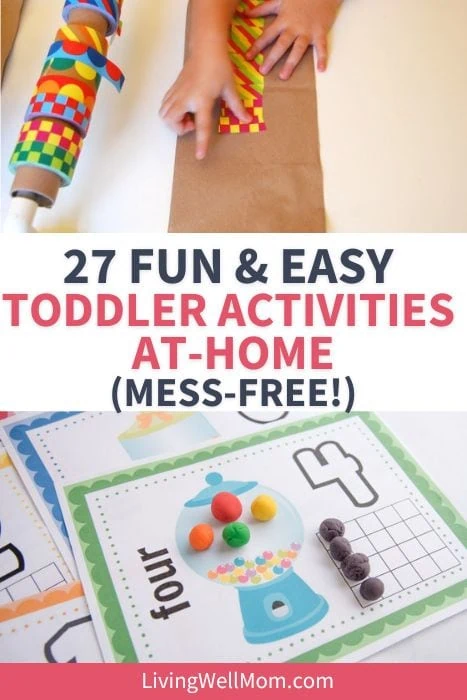

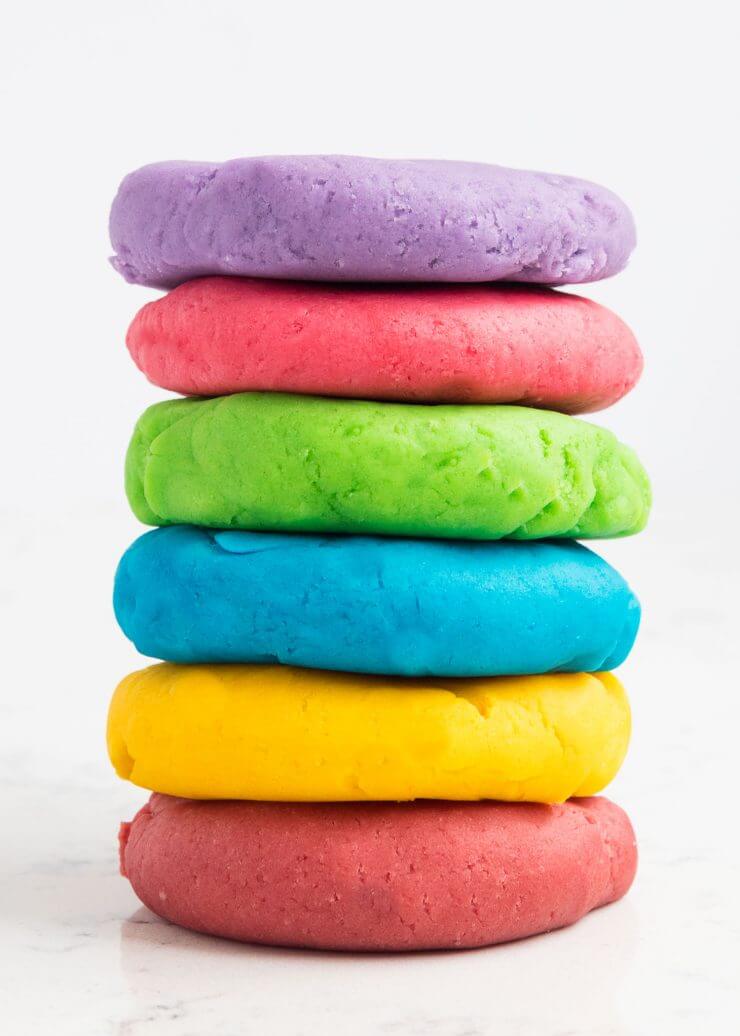



:max_bytes(150000):strip_icc()/nature-scavenger-hunt-1-8cb5088ea8324d1599a82ccb33fc01c9.png)
:max_bytes(150000):strip_icc()/easy-scavenger-hunt-1-17720175addd47a096703d17e3dfeb8e.jpg)


